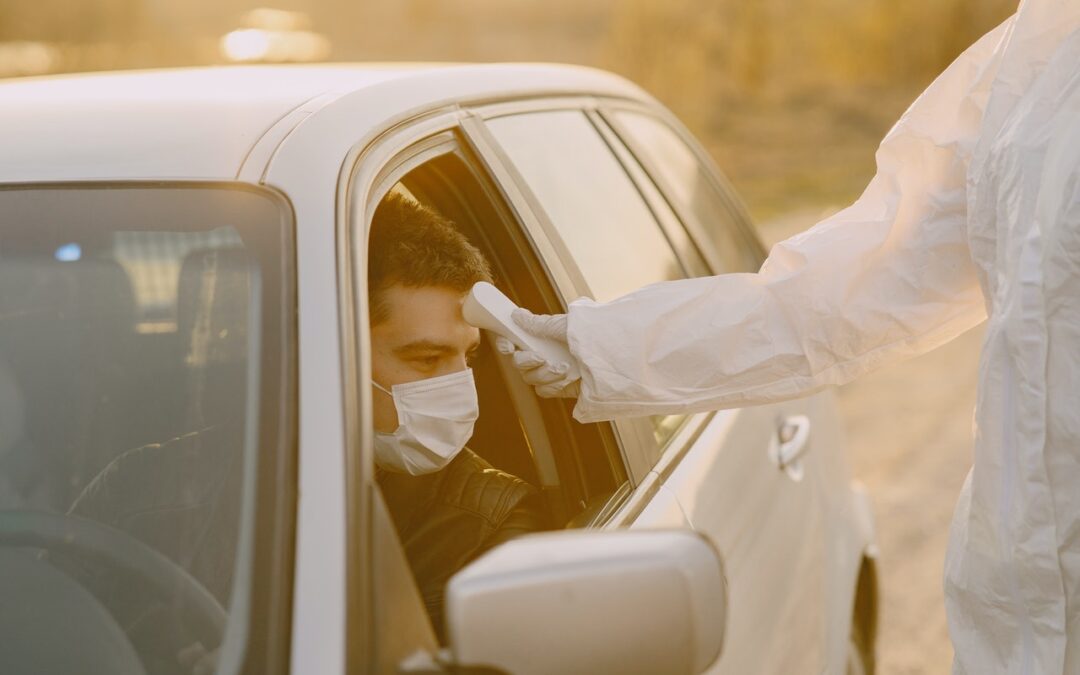To a world that was increasingly starting to open up with travel across regional boundaries becoming more and more seam-less, the current COVID scenario has dealt a big blow. Travel has not just become difficult, but it is far riskier than ever before.
Travel restrictions are currently a universal measure and are intended to contain the spread of the virus. International borders are not fully open, and these are the times when we are forced to have a rethink of future travel options. Corporates need to proactively change policies, plans and make prudent decisions. The nature of the pandemic is at an unprecedented scale and needs appropriate safety measures to be taken. However, similar pandemic situations might repeat. What is needed is for businesses to have a fresh approach that prevents stagnation.
The Importance of Travel Risk Management
Corporates need to layout a travel risk management program that can help employees navigate the situation better. Travel risk management comprises of well thought and documented processes and steps that help to mitigate the disruption and risks connected to travel.
How to Manage Travel Risk
Travel risk management starts with a detailed analysis of the travel need. Whenever a travel need comes up the corporate shall analyze it based on a pre-determined framework. This framework will consider whether the
- Proposed journey is critical for the business or is avoidable
- Government advisories, regulations and other restrictions that impact the travel and traveller
- Probability of a risk materializing during the travel
- Impact to travel or the traveller, if the risk materializes
- Availability of feasible and viable mitigation plans if the risk materializes
- Traveller is fully aware and clear about risks and mitigation plans
Once the analysis is completed and the decision made, the next step is to facilitate the travel safely and successfully.
Role of a Travel Management Platform in Facilitating Safe Travel
A travel management platform is vital to facilitate safe business trips for employees. Such a system can direct the course of travel prior to, during and after the business trip. To deliver a safe trip, the system must have features that provide relevant information to all stakeholders to manage all phases of a trip.
Let us see what a travel management system shall do to manage risk during the various phases of a business trip.
Pre-Trip Features
Travel Risk Assessment Analysis
The travel management platform must aid in carrying out an overall travel risk analysis assessment. This would assist the management in making timely and proper decisions on the travel risks involved. The platform shall also provide various travel advisories and alerts to the travellers and other stakeholders. Such advisories shall be made available over multiple channels including mobile devices for easy access at all times and phases of the business trip.
Some examples of information that will facilitate travel risk assessment are:
- Destination and transit country-specific travel advisories, safety, security, health alerts and other relevant information.
- Destination city or town specific travel advisories, safety, security and health alerts
Government and other regulators directions regarding the mode of travel, precautions to be considered before and during the travel. - Some of the other pre-trip features that shall be supported by the platform are cited below.
Capture of traveller details: Full information about traveller itinerary for the business trip shall be available in the platform. Data required to communicate with the traveller shall be available in the platform and this information will help to reach out to a possibly distressed traveller or his/her emergency contacts if the need arises.
Availability of Real-time Information: The traveller shall have access latest travel advisories, health alerts, risks associated with a particular destination, as and when such an event occurs at the destination.
In-Trip Features
Trip Monitoring & Safety Tracking
To effectively ensure a safe trip for the employees, an organization needs to be able to pinpoint their employee’s locations anywhere in the world at any time, predicting the risks in those locations, and initiating contact with other staff members at the location to render immediate assistance if the need arises.
When the trip is in progress, the platform should be in a constant risk & safety monitoring mode, enabling the corporate to track the situation as it evolves on a 24×7 basis. A real time dashboard that displays latest travel advisories and alerts for various geo-locations where employees are or will be in a few days, shall enable the corporate to easily locate, communicate and provide support to employees in a risky situation.
Communication Channels
The capability of the platform to be in touch with travellers during an emergency situation is a mandatory requirement. The system shall be capable of using multiple methods to locate and communicate with the traveller.
Once located, the corporate should be able to facilitate bi-directional communication between traveller and the corporate. The various channels that the platform shall support include e-mail, SMS, social media, and mobile app-based chat tools.
Linking Co-Travelers
Linking travellers at a specific destination so that they can coordinate among themselves with ease is a desirable feature of the platform. Buddy or Fellow traveller information can be cross-linked and made easily available to travellers.
Post Trip Features
The post-trip features will include feedback collection and collation from travellers and preparation of analysis reports. This information shall act as the basis for review and improvement of travel risk program.
Conclusion
Technology has a greater role to play in the post COVID world scenario and travellers will insist on systems, services and measures that ensure safety while going on a business trip. Travel Management platform shall enable the corporate to facilitate a safe trip for its employees.
By Team Catalyca
For more information on Travel Risk Management using Catalyca and TCAT, please write to hello@catalyca.com.

Recent Comments